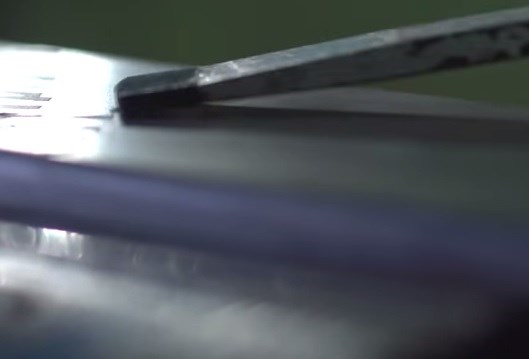What's the Big Deal about Hand Scraping?
It's said that hand scraping maintains high levels of CNC machining accuracy and reduces wear and tear, which yields long, stable and productive machine tool life. Here's some data to consider to help prove it.
Share
Read Next

It's said that hand scraping maintains high levels of CNC machining accuracy and reduces wear and tear, which yields long, stable and productive machine tool life. Here's some data to consider to help prove it.
According to Okuma, hand scraping is a manual process that ensures tight tolerances are consistently maintained and assures the proper mating of two or more surfaces, which creates a custom flat surface. For components that traverse over a way surface, tighter tolerances can only be achieved by hand scraping. Hand scraping creates pockets that hold lubrication, resulting in less friction between two mating surfaces.
Accuracy - Scraping is done to align components within millionths of an inch, allowing for consistently-held, tight tolerances.
Flatness - Contact points prevent rocking, add balance when tightening, and allow for true flatness in parts.
Oil Pockets - Oil on the surface allows gliding motion.
Appearance - The finishing touch of scraping is aesthetic. Parts are “design scraped” to achieve an attractive textured finish.
Read more here.















.jpg;maxWidth=300;quality=90)
